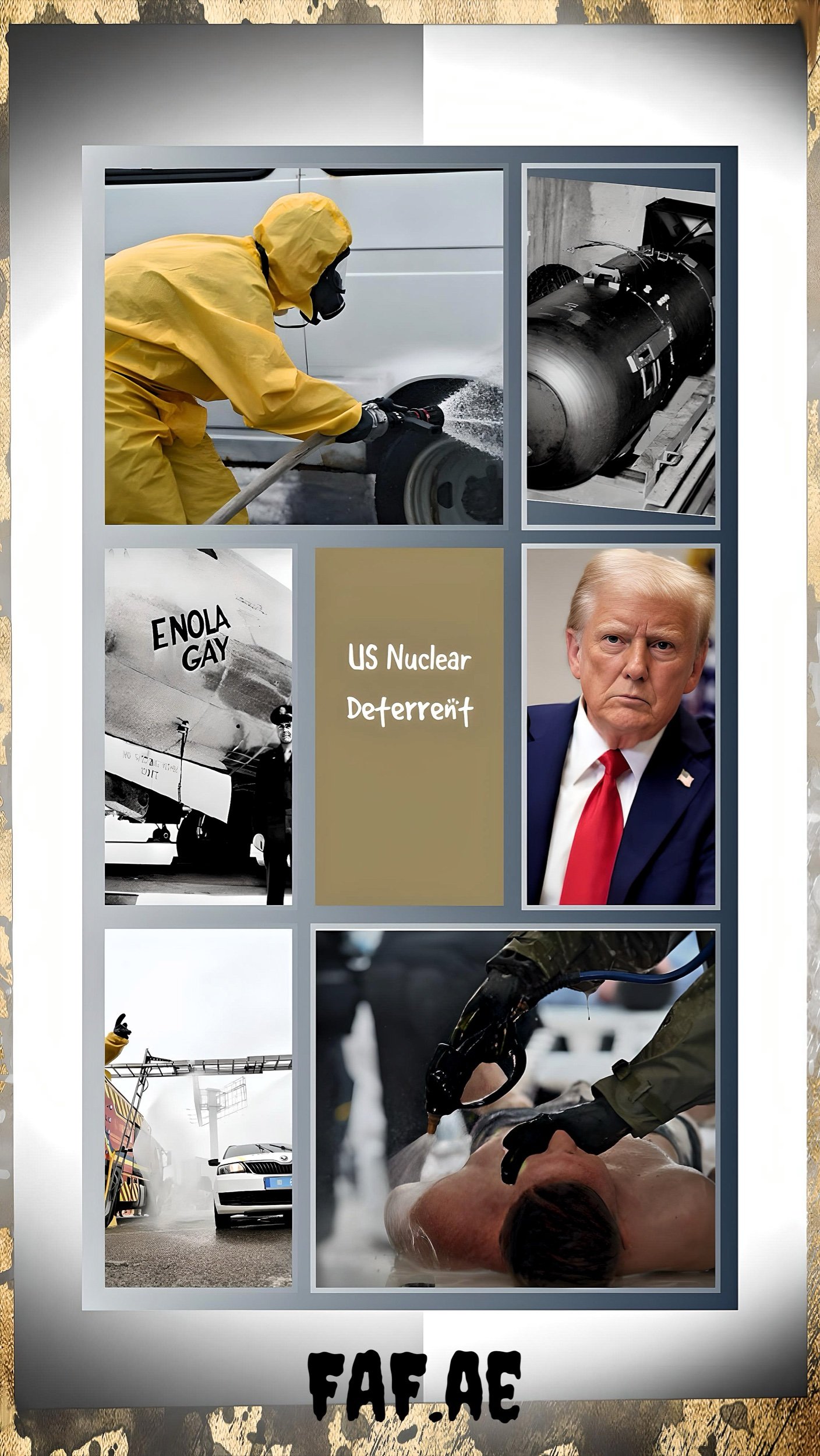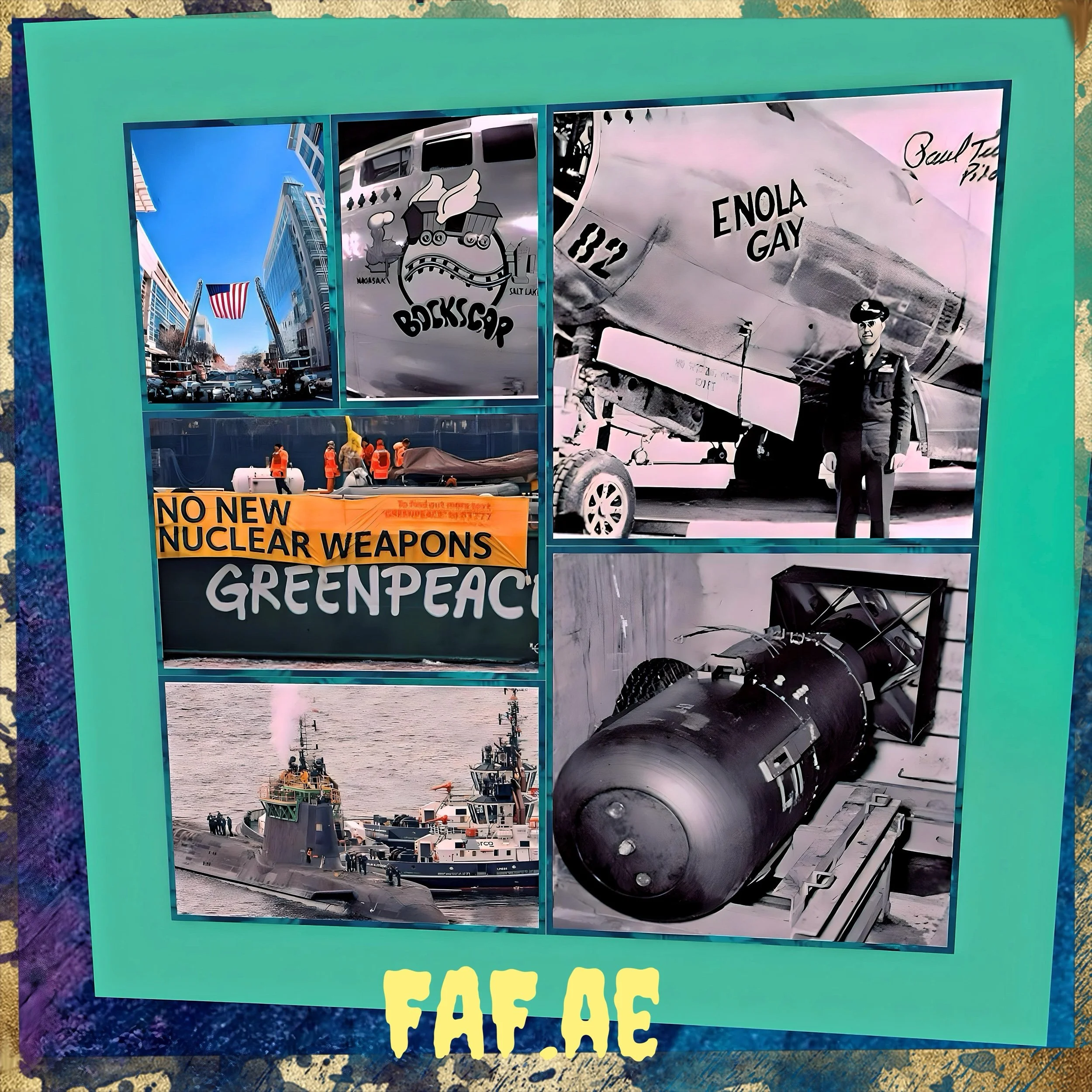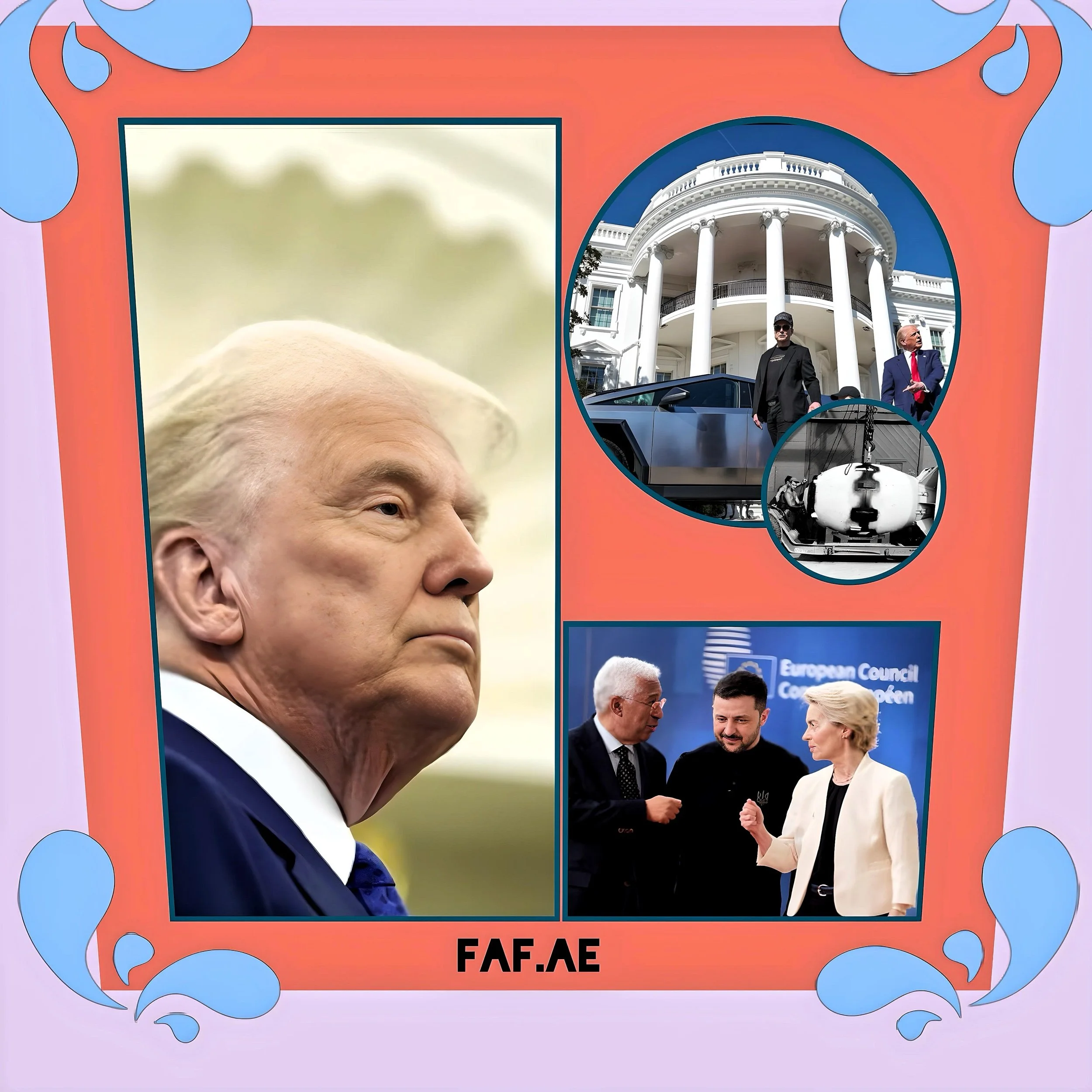Shifts in U.S. Nuclear Deterrent Policy Under the Second Trump Administration
Introduction
The second Trump administration has initiated significant changes to U.S. nuclear deterrent policy, driven by strategic recalibrations, alliance uncertainties, and evolving threat perceptions.
These shifts depart from the Biden-era emphasis on arms control and multilateralism, instead prioritizing modernization, expanded deterrence flexibility, and a transactional approach to global security commitments.
Strategic Reorientation in the 2025 Nuclear Posture Review
From Restraint to Expanded Scenarios for Nuclear Use
The Trump administration’s 2025 Nuclear Posture Review (NPR), still under development, is expected to reverse Obama-era restrictions on nuclear weapon employment.
Under President Obama, the U.S. pledged not to use nuclear weapons against non-nuclear states complying with nonproliferation obligations.
Early indications suggest the new NPR will adopt a more permissive stance, potentially authorizing nuclear responses to biological, chemical, or cyber threats.
This aligns with Trump’s 2017–2021 approach, which emphasizes “tailored deterrence” against asymmetric threats and reserves the right to employ low-yield warheads in regional conflicts.
The shift reflects concerns over China’s rapid nuclear buildup (500+ warheads by 2025) and Russia’s tactical nuclear deployments in Belarus.
Critics argue that lowering the threshold for nuclear use risks escalation, while proponents contend it strengthens deterrence against adversaries who perceive U.S. restraint as exploitable.
Modernization and Triad Upgrades
Despite Trump’s skepticism of nuclear spending, his administration has accelerated modernization programs inherited from prior administrations. The $1.7 trillion, 30-year plan includes:
B-21 Raider stealth bombers (first flight: 2026)
Columbia-class submarines (initial operational capability: 2031)
Sentinel ICBMs replacing Minuteman IIIs (deployment: 2030).
These projects, initiated under Obama and continued under Biden, now face intensified scrutiny due to cost overruns.
The Congressional Budget Office estimates annual nuclear expenditures at $75 billion through 2032, diverting funds from infrastructure and conventional defense.
Arms Control Rollbacks and Alliance Erosion
Treaty Withdrawals and New START Uncertainty
The Trump administration has signaled ambivalence toward extending the New START Treaty, set to expire in February 2026.
While Trump briefly endorsed maintaining its limits in 2025, his 2017–2021 record—including withdrawals from the INF Treaty (2019) and Open Skies Treaty (2020)—suggests reluctance to commit.
Russian officials have warned that U.S. missile defense expansions (e.g., the “Iron Dome for America” initiative) could nullify New START by incentivizing Moscow to exceed warhead caps.
Extended Deterrence in Crisis
Trump's transactional rhetoric has eroded allied confidence in U.S. security guarantees. Polish Prime Minister Donald Tusk and South Korean lawmakers have openly debated pursuing independent nuclear arsenals, citing fears of abandonment.
France has proposed extending its nuclear umbrella to EU partners, a stopgap measure that underscores NATO’s fraying cohesion.
This crisis stems from Trump’s policies
Threats to withdraw troops from Japan and Europe, removing conventional “tripwires.”
Ambiguity on Article 5 commitments, particularly regarding Ukraine.
Public skepticism of alliance burdens, exemplified by Trump’s 2025 remarks questioning Greenland’s status under NATO.
Technological and Doctrinal Innovations
“Iron Dome for America” and Missile Defense Expansion
Trump’s January 2025 executive order mandates a homeland missile defense shield capable of intercepting hypersonic and advanced cruise missiles from “peer, near-peer, and rogue adversaries.”
This marks a departure from the 1980s-era Strategic Defense Initiative (SDI), which focused solely on ballistic threats. Key components include:
Space-based interceptors to track and engage missiles in their boost phase.
AI-driven battle management systems to coordinate layered defenses.
Russian officials have condemned the plan as destabilizing, threatening to abandon New START and accelerate Poseidon nuclear torpedo deployments.
Arms control experts warn it could trigger a three-way arms race with China and Russia, undermining strategic stability.
Autonomous Weapons and “Deterrence Through Uncertainty”
The administration is revising Department of Defense Directive 3000.09 to permit greater autonomy in nuclear command systems. Proposed changes include:
AI-enabled launch decision support, reducing human review timelines for retaliatory strikes.
Drone swarms with nuclear payloads designed to penetrate Chinese anti-access/area denial (A2/AD) networks.
Proponents argue this counters China’s advances in hypersonic glide vehicles and fractional orbital bombardment systems (FOBS).
Critics fear accidental escalation due to machine error or misinterpreted signals.
Economic and Political Drivers
Budgetary Pressures vs. Project 2025 Priorities
Trump’s public criticism of nuclear modernization costs ($756 billion over 10 years) conflicts with Project 2025—a Heritage Foundation-backed blueprint urging:
Resumption of nuclear testing (halted since 1992) to validate new warhead designs.
Expanded arsenal diversity, including sea-launched cruise missiles (SLCM-N) retired under Biden.
This tension reflects broader GOP divisions: fiscal conservatives oppose unchecked defense spending, while security hawks prioritize countering China’s estimated 1,000-warhead arsenal by 2030.
Diplomatic Outreach to Russia and China
Despite adversarial rhetoric, Trump has floated renewed arms control talks, stating, “We’re all spending a lot of money…that could be spent on other things”. Initial discussions with Moscow focused on:
Extending New START informally pending formal negotiations.
Joint declarations against orbital nuclear weapons following Russia’s 2024 violation of the Outer Space Treaty.
Progress remains unlikely without concessions on Ukraine, where Trump’s peace plan reportedly offers territorial swaps in exchange for sanctions relief.
Chinese officials have dismissed bilateral talks, citing U.S. missile defenses and AUKUS submarine transfers.
Implications for Global Proliferation
Allies Pursuing Independent Arsenals
The erosion of extended deterrence has spurred proliferation debates in:
Poland
Exploring NATO nuclear sharing or indigenous programs.
South Korea
Bipartisan support for tactical nuclear redeployment.
Saudi Arabia
Accelerating civilian nuclear infrastructure with Chinese assistance.
Historically, U.S. security guarantees suppressed these ambitions. Trump’s “America First” rhetoric has upended this calculus, risking a cascade of new nuclear states by 2030.
Arms Control Institutions Under Strain
Key regimes face collapse
NPT Review Process
Stalled since 2022, with nuclear states refusing disarmament timelines.
CTBT
A resumption of U.S. testing would invalidate the treaty, prompting reciprocal tests by India and Pakistan.
Conclusion
A Deterrence Paradigm in Flux
The second Trump administration has redefined U.S. nuclear policy through doctrinal ambiguity, technological disruption, and alliance skepticism.
While these changes address perceived vulnerabilities against China and Russia, they risk entrenching a multipolar nuclear order marked by arms racing and proliferation.
The 2025 NPR’s final text—codifying restraint or embracing escalation—will determine whether this paradigm stabilizes or fractures the global nonproliferation regime.
As Poland and South Korea’s debates illustrate, the era of U.S.-guaranteed security may be yielding to a fractured, nuclearized landscape.





